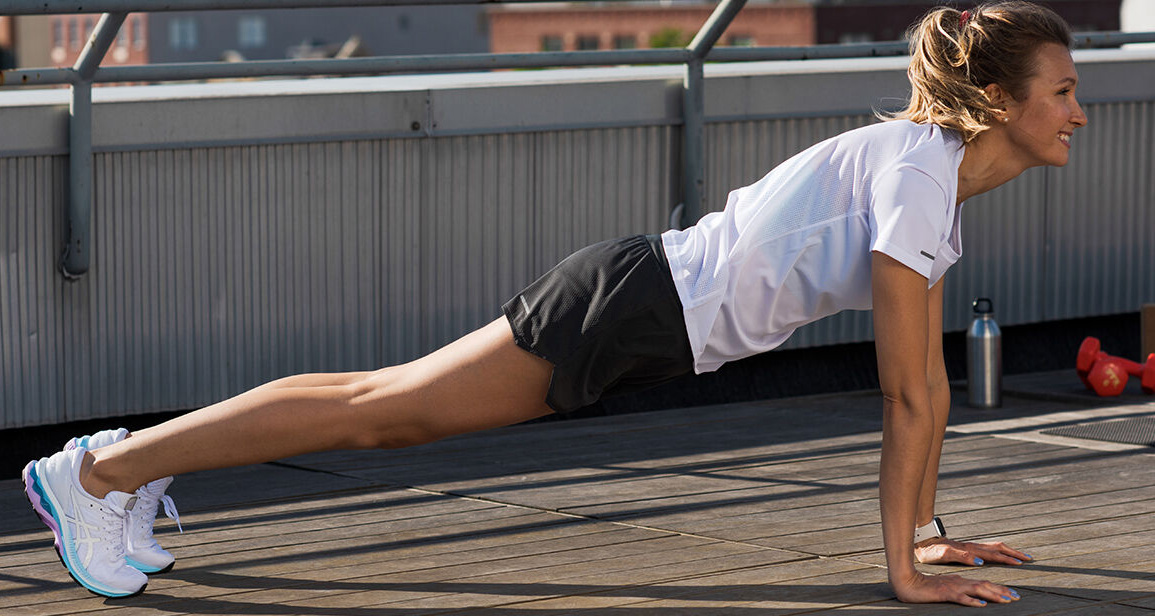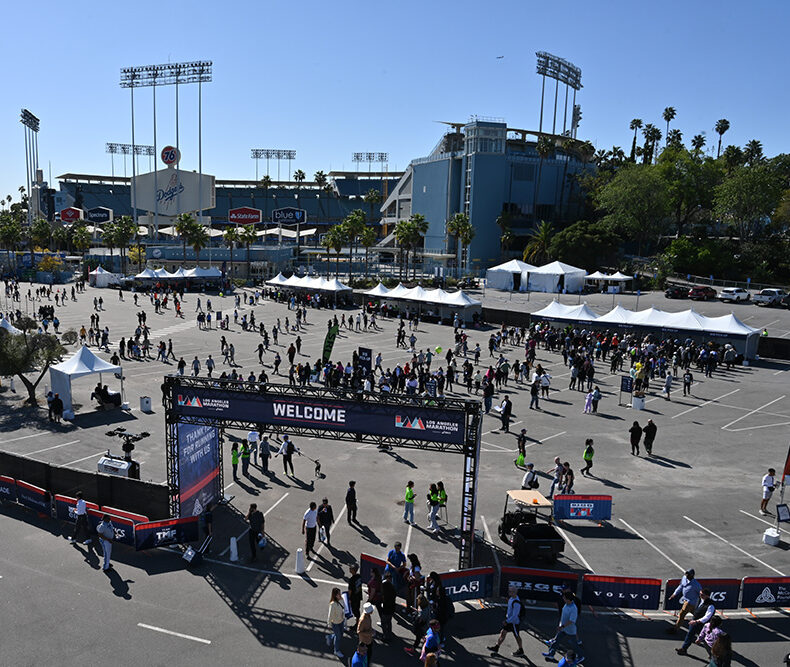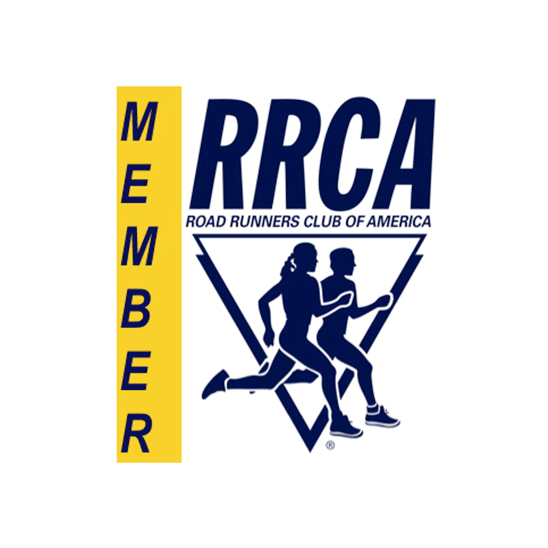 Hills!
Hills!
The wisest words I ever learned about hills came from my very first Legger Mentor: Rosa Thweatt. I remember the first time she took our group up Temescal she gave us this great mantra: “Hills are my friends — they make me stronger!”
Rosa’s right: when you are standing on PCH looking up Temescal Canyon Road it can be daunting. It’s a big damn hill! But getting to the top of it is one of the most important moments in the Legger training program. Our target race, the L.A. Marathon, is full of hills. People think that if you start up at Dodger Stadium it’s all downhill to west Los Angeles. Nope! We need our hills to get us through the MANY hills that L.A. puts in our path. Temescal is our friend.
The good news is that hills are more of a technical challenge than you might think. If you climb them correctly you’re going to feel good at the top. Even better, hills go up but they also go down. That downhill feels great (think of heading down Marguerita over the last couple of weeks), and of course you can make up time on that downhill (if you went up the hill correctly).
So how do you run up a big hill? The first thing to do is to adjust your attitude. I like to tell people, “Put it in Second Gear,” which means you need to adjust your pacing and your attack. In fact, don’t “attack” the hill — this is not about gutting it out! Your objective is to arrive at the top feeling like you did NOT just climb a hill. “Put it in Second Gear” means you should slow a bit and maintain a consistent effort that’s similar to your effort on a flat segment. Your heart rate should feel pretty much like it does when you’re on level ground. That’s the Golden Rule of hills: “Maintain a consistent effort.”
There are some things you can do to help with this. The first is to avoid hunching over. A lot of us do that: we bend from the waist, look at the ground right in front of us, and then grunt and strain as we head up. That’s misery. I like to say, “Run tall! Drop your shoulders and swing your arms!” So too with walking — Walk Tall!
Let’s break that down a little bit into specifics you can focus on.
– Lean forward a little from the hips, not the waist. Avoid the hunch by keeping your back straight. This will help your breathing.
– Breathe deep! You should feel it in your belly, not just the top of your chest.
– Look ahead, not down. On Temescal you do need to watch out because the sidewalk can be broken up, but don’t just focus on the next 5-10 feet. You’ll also want to watch for downhill bike and car traffic on Temescal and on streets like San Vicente.
– Swing your arms straight back and forth (not across your body). This helps your shoulders stay loose and it helps you breathe.
– Shorten your stride. Smaller steps will help you get into the right gear and will keep you from over-striding, which helps with the next point.
– Stay on your toes, not back on your heels. The front part of your foot should meet the hill in your shorter stride. It’ll give a little spring to help move forward.
– ABOVE ALL, maintain a consistent effort on the hill! Don’t try to keep your regular pace. It’s OK to drop down a minute or two per mile. Just keep breathing and keep walking/running tall.
See you at the top!
– John Flynn





